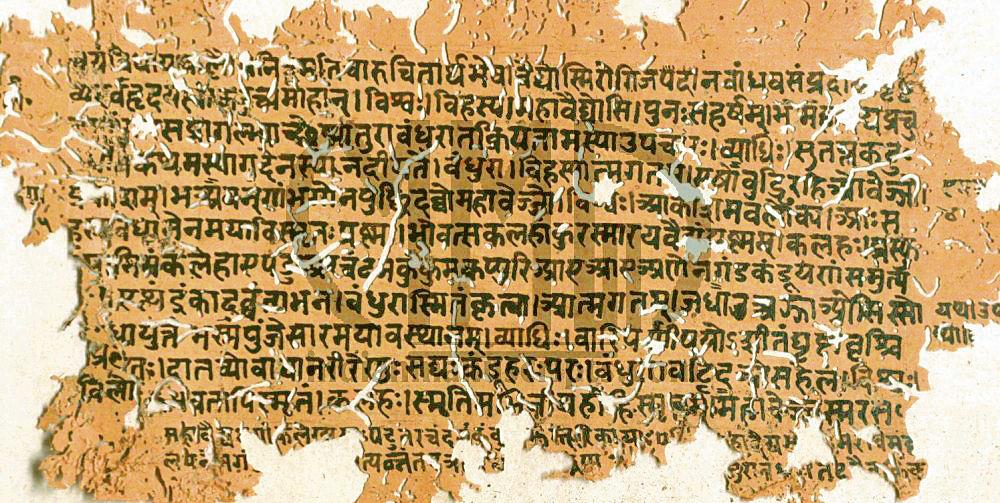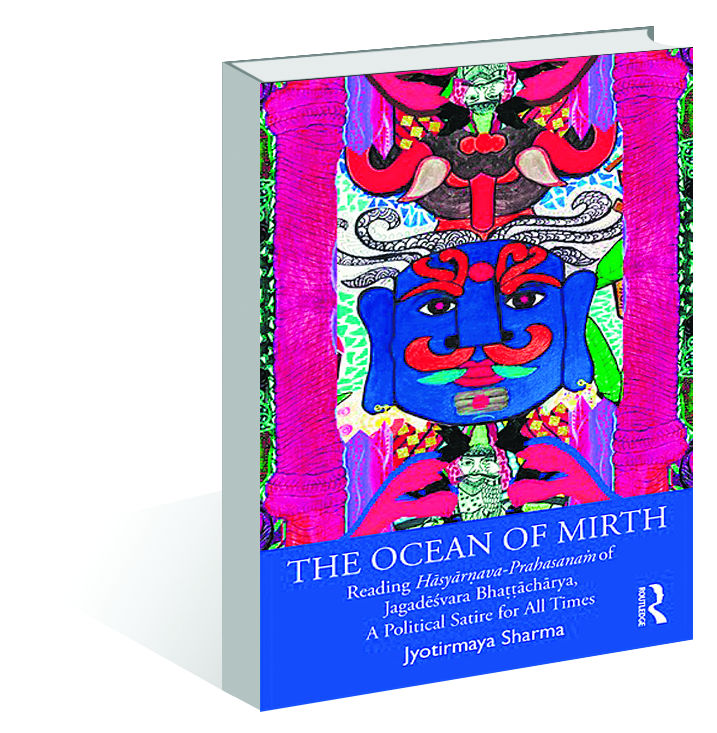Book Title:
Author: Jyotirmaya Sharma
Vipin Krishna
What Jyotirmaya Sharma has captured with his translation of Jagadesvara Bhattacharya’s 14th-century play, Hasyarnava-Prahasanam, is a moment in the revolution of ethics. The play is rife with ribald dialogues and situations, and amusing yet strange character names. However, it is necessary to go beyond the play of names and words and grasp its noumenal layers. With a play such as the Hasyarnava-Prahasanam, if you blink, you miss this rather elusive background, and get caught up in its licentious humour. It is then good that Sharma accompanies you not only as a virtuoso translator, but also as a guide to walk you through the thicket of scenes. He does so by foregrounding the expositions and internal monologues, and letting the dialogues form a scaffold around such parts. The introduction forms the conceptual load-bearing column for the whole structure of the play, and yet there are also clues within the play telling us what is really happening.

There perhaps is a neon sign that tells us what the play is about, and it occurs on page 52, where the commentary reads, “In Kaliyuga, the life-span of humans is expectedly short. On top of it, the wicked make other people fast and undertake various bodily mortifications, destroying the body as a result. Those blessed with wisdom realise the futility of bodily mortifications and relish a faith and a form of worship that includes savouring a life of licentiousness…” We then come to understand that the play is speaking against the backdrop in which a revolution in ethics is occurring. As Sharma analyses so deftly in his introduction — the play also captures an age in which Vaishnavism had entered the geographical (Tantric) palimpsest.
This is the context of the play then – and it is from here that we must go back to the beginning of the play, whence the arrival of King Anayasindhu (King Ocean-of-Disorder) is announced. He is accompanied by his minister, and both make their way to Bhandura the procuress’ brothel. Set against this backdrop, the rest of the play sees various characters enter and exit, and ends with two sets of marriages — one with Bhandura, and the other with Mrigankalekha (Streak-of-the-young-Moon’s-crescent), her daughter. Both of them marry two men each. King Ocean-of-Disorder is largely absent from the second act. However, the allegorical import leads us to think that this is not only the name of the King’s character, but also, metonymically, an age or epoch. This then, as Bhattacharya is trying to tell us, is also the age of disorder.
In which case then, how does the play end? Sharma tells us at the very beginning that there is no denouement, no promise of a return to some golden age. There is perhaps some resolution, and again, it is offered up through appetites, and tragedies. Reactionary histories always try to recover golden age ideals and do away with tragic-comic sources of politics. Hasyarnava-Prahasanam, on the other hand, rather lets things be as they are — with their vileness, their disorder, their play of appetites, and their suffering. The play leaves us with two realities — the inevitability of the body (personified through the comic characters), and the inevitability of tragedy. Once again, in Passion’s mouth occur the following words, “Even if one fasts despite great suffering for fear of social censure from foolish people, and even if one endures the inner pain caused by the apprehension of impending death at night, a human still needs to eat first thing in the morning in order to live.” There is all this, and there is a glimpse of tragedy as well when Streak-of-the-Moon says, “I sat in extremely desolate places and worshipped the Goddess Parvati; every day, with my heart filled with utter devotion I had prayed to Kamadeva, the God of Love. The prayers and devotion to all the gods like Parvati and Kamadeva is bearing fruits today — my marriage to these two old Brahmins is as frighteningly painful as a death sentence, one that will push me closer to death.”
And with these two things, Sharma leaves us with a text that reclaims life itself, with all its messy sense for appetite, and yet, the inevitability of tragedy befalling us. It takes some courage to read the allegory within the play and allow it to speak to our age. It takes another kind of courage to show us the possibility of mirth behind the misfortunes of our own times. With this faithful translation, and excellent analysis, Sharma has done nothing short of giving us another language with which to speak politics.














